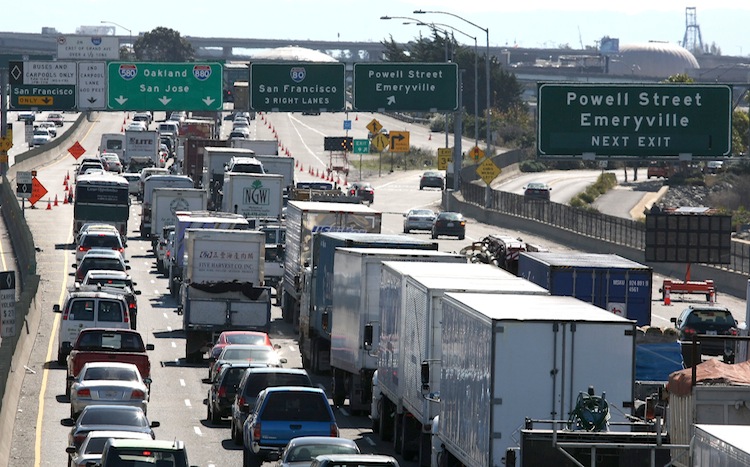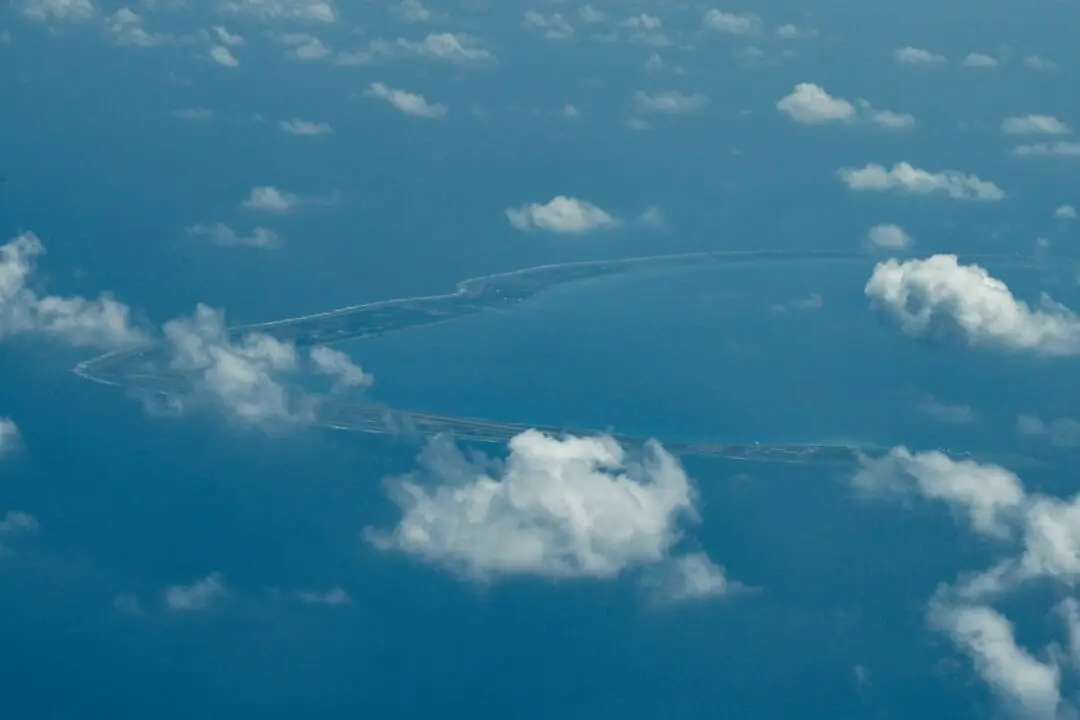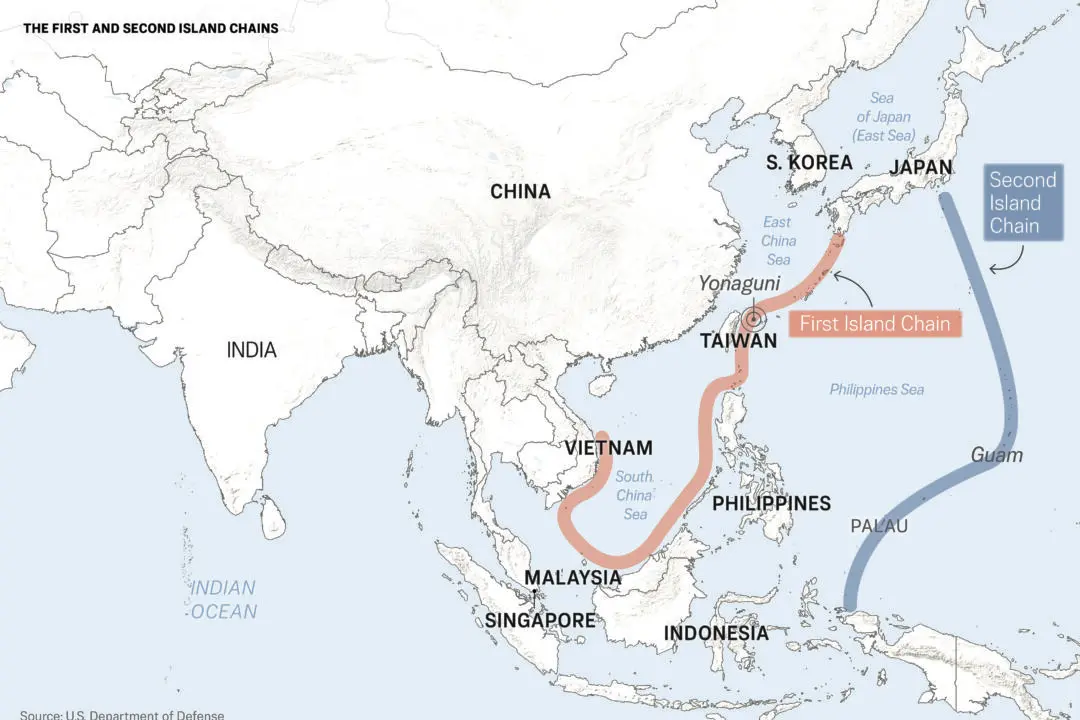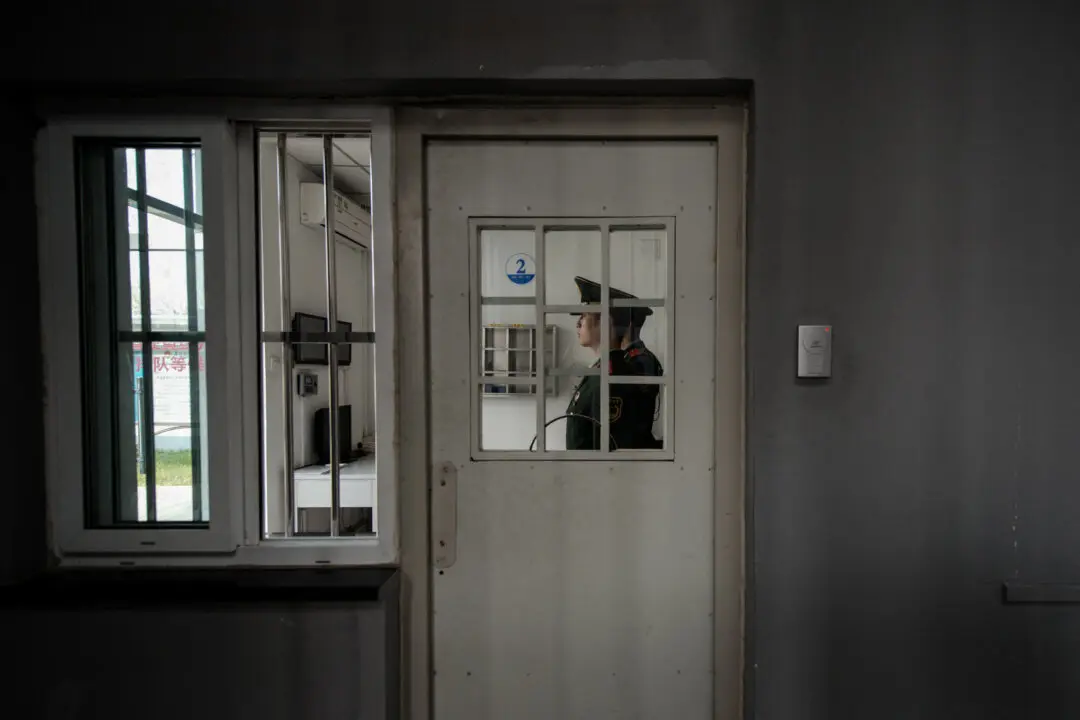SAN FRANCISCO—For a city that prides itself for “walkability,” San Francisco is in one of the three most congested metropolitan areas in the country.
San Francisco–Oakland ties for second with Los Angeles, for requiring the most extra time to ensure arriving at on time.
Depending on the city, travelers may have to allow themselves three hours to make a 30-minute trip as overall travel reliability has gone down, according to the 2012 Urban Mobility Report released by Texas A&M Transportation Institute (TTI).
Planning Time Index (PTI) is the extra time needed to be punctual for urgent events like scheduled appointments. For example, a traveler would allow 60 minutes for a trip that typically takes 20 minutes if the PTI is 3.00.
“As bad as traffic jams are, it’s even more frustrating that you can’t depend on traffic jams being consistent from day-to-day,” said Bill Eisele, a TTI researcher and report co-author.
Over the past five years, travel time, congestion, and cost of congestion have all increased. Cost of congestion is the extra value of travel time as measured by TTI in fuel consumption by vehicles travelling at a slower speed. In 2011, congestion cost the city upward of 3.2 billion, ranking eighth in the nation--which is about a third of the cost of Los Angeles.
The total hours spent in traffic for San Francisco–Oakland was 155 million hours, compared to the 501 million hours last year in Los Angeles. The differences in the type of traffic between the two areas are partially due to public transportation usage despite the same PTI. According to a 2010 American Community Survey, San Francisco ranked 4th at 34 percent of residents using public transportation while Los Angeles ranked 31st at 11 percent ridership.






